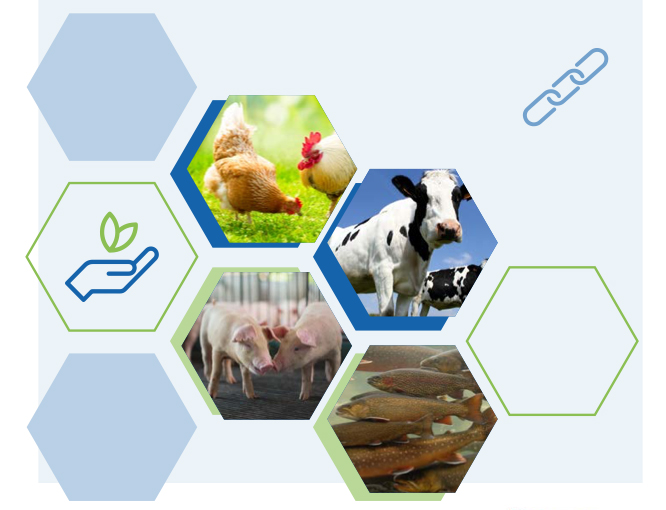The animal production sector represents a piece to address the challenge of world food and nutritional security linked to the increase in the world population that has as a consequence an increase in the demand for food. Animal production must contribute efficiently to the bioeconomy by generating a sustainable food value chain, but the sector is being questioned due to its environmental impacts and the inefficient use of resources.
The demand for meat could decrease slightly in the coming decades in Europe, the world demand for animal products is expected to double in the coming decades due to the growth of the population mentioned above and the growing prosperity that comes with a higher protein consumption. This represents a great opportunity and a challenge for the livestock sector as it has to supply products to areas and countries with high population growth that often cannot produce the livestock products necessary for their own growing population.
In recent decades, the economic model based on the extract-produce-eliminate paradigm has been criticized for its unsustainability. It is widely accepted that this model has negative effects on the balance of the ecosystem due to overexploitation of resources and environmental degradation.
Many international organizations and especially the European Union are developing regulations in this regard. This, the review of the Estrategia Europea de Bioeconomía de 2018, the Pacto Verde Europeo de 2020 and the Plan de acción de Economía Circular de 2020, are advancing the strategy of promoting a sustainable circular bioeconomy.
The bioeconomy encompasses all sectors and systems based on biological resources (animals, plants, microorganisms and derived biomass, including organic waste), their functions and principles. Includes all primary production sectors that use and produce biological resources (agriculture, livestock, fishing and aquaculture); and all economic and industrial sectors that use biological resources and processes to produce food, feed, bioproducts, energy and services. To be successful, the European bioeconomy must be built around sustainability and circularity. This will promote the renewal of industries, the modernization of primary production systems and the protection of the environment, and will also enhance biodiversity.
Increasing attention from policy makers, non-governmental organizations and academics has prompted animal nutrition companies to incorporate sustainability into their corporate strategies. In the agri-food sector, large food losses and waste generation occur throughout the global supply chain, which, in 2019, totaled approximately 1.3 billion tons per year at a cost of more than $ 1 trillion per year.
Sustainable increase in the productivity of animal production cannot be achieved without the use of sustainable animal diets. Therefore, the use of innovative ingredients in animal diets is crucial in livestock production systems and in aquaculture where feed represents the most important cost of production and efficiency becomes more and more relevant.
Article by Javier Velasco-Alvarez, Engormix, 17th/05/2021

